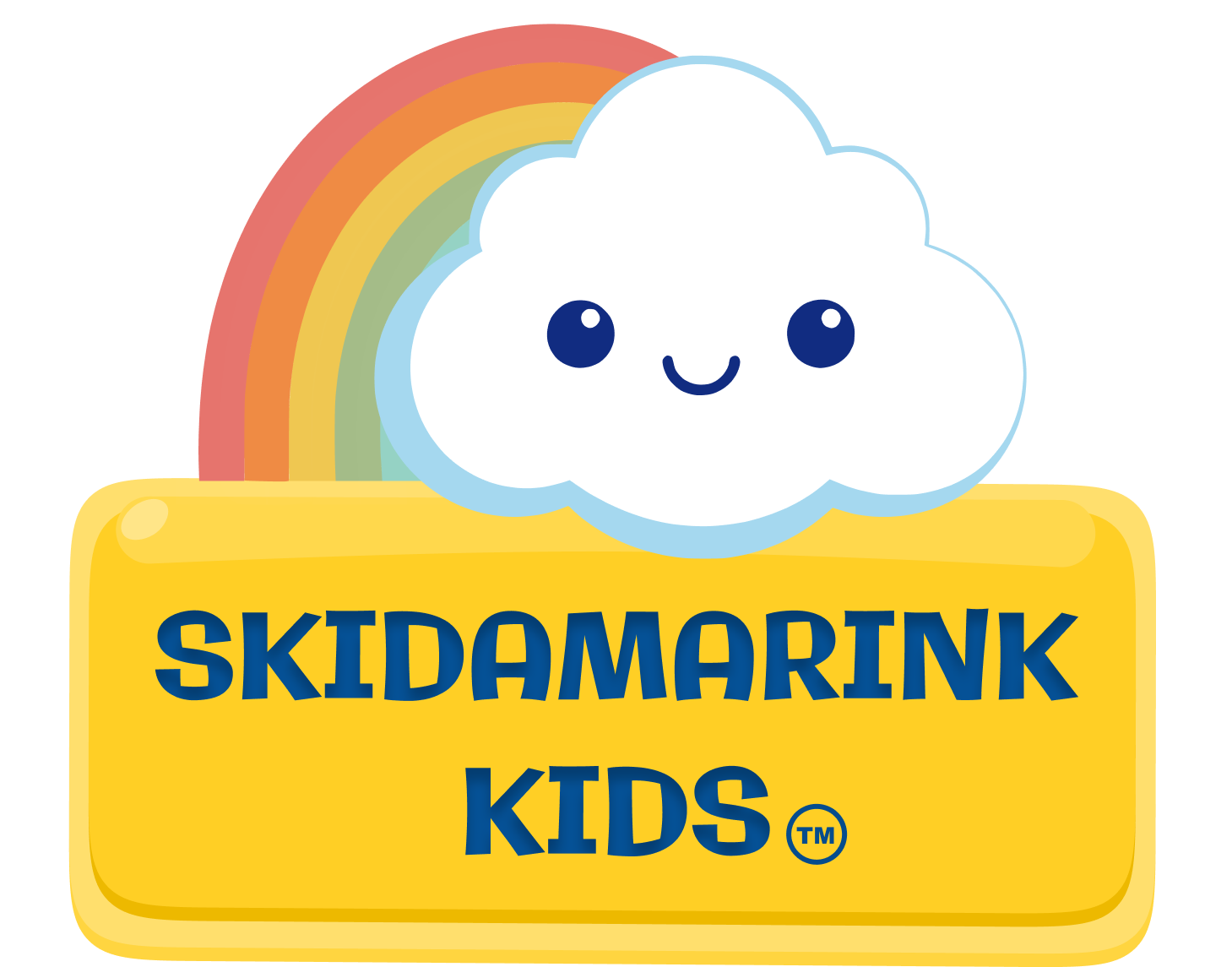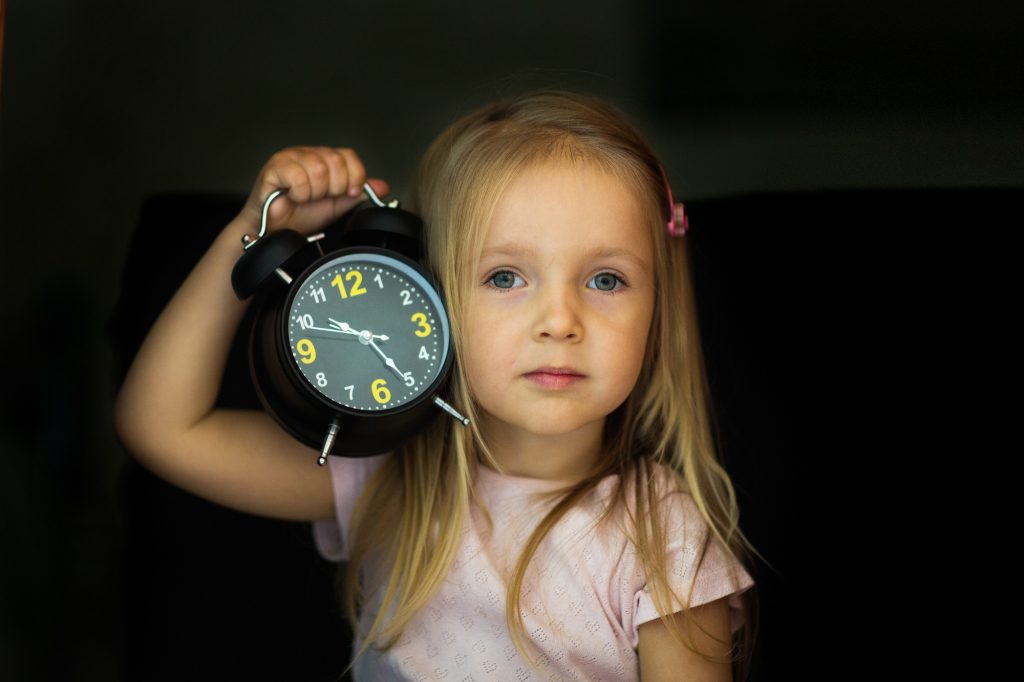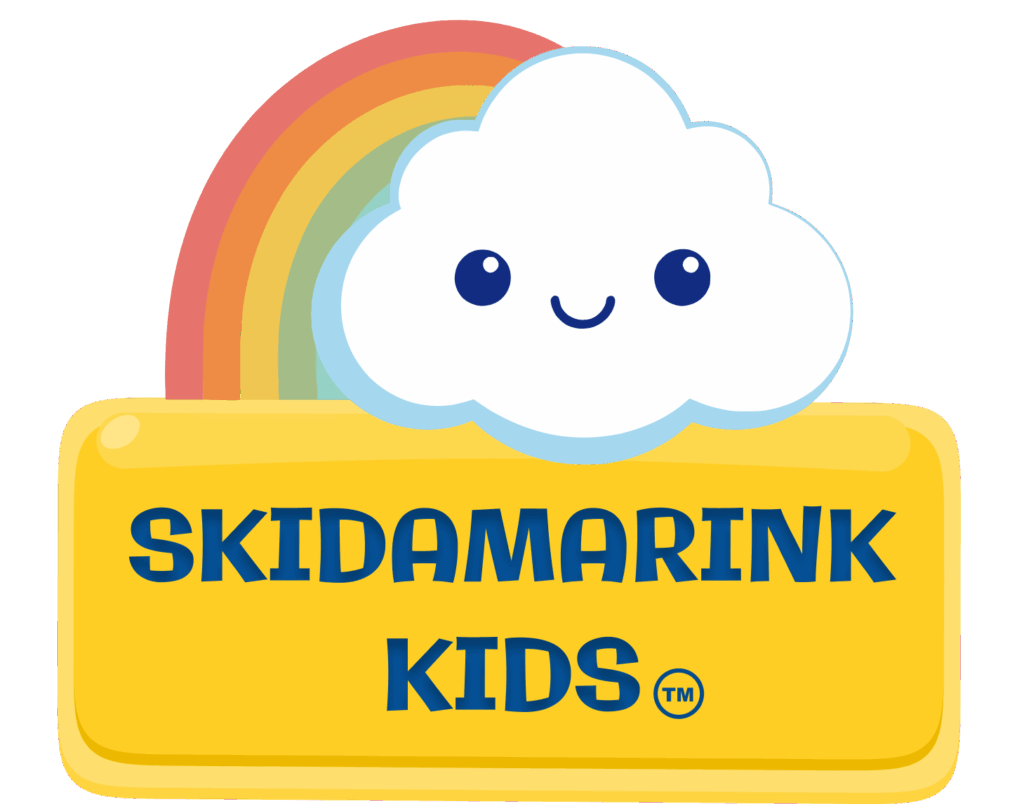Why Visual Schedules for Kids Transform Daily Life
As parents, we’ve all been there—experiencing those challenging moments of getting children to transition between activities. Whether it’s moving from playtime to cleanup or from dinner to bedtime, these transitions can trigger meltdowns and resistance that leave everyone feeling frazzled. However, visual schedules for kids offer a powerful solution that transforms these challenging moments into smooth, predictable experiences.
Visual schedules provide children with the security of knowing what comes next, which ultimately reduces anxiety and builds independence. What’s more, these tools help children develop crucial self-regulation skills while making daily routines more manageable for the entire family.
The Science Behind Visual Schedules for Kids
Research consistently shows that visual schedules for kids work because they tap into how children’s brains naturally process information. Young children are visual learners who understand pictures and symbols more easily than abstract concepts of time, which is why a simple picture can communicate what a lengthy explanation cannot.
Visual schedules offer several key benefits that make daily life easier:
- Reduce anxiety by providing predictability throughout the day
- Prevent meltdowns through clear expectations that children can understand
- Create security with consistent visual cues they can rely on
- Build independence as children learn to follow routines on their own
- Support emotional regulation during challenging transitions
- Make transitions easier with clear visual guidance
For more information on the benefits of creating a schedule for children, see our companion blog “Daily Routine for Kids: Creating Structure That Supports.”
Creating Effective Visual Schedules: Essential Elements
Key Components for Success
When designing visual schedules for kids, certain elements make them more effective. First, you’ll want to use clear, simple pictures that your child can easily understand. It’s also important to maintain consistent symbols throughout all your visual tools to avoid confusion.
Here are the essential elements to include:
- Clear, simple pictures that match your child’s understanding level
- Consistent symbols used throughout all visual tools
- Removable pieces so children can physically interact with the schedule
- Child-height positioning for easy access and independence
- Daily review routine that encourages your child’s involvement
- Interactive elements that let kids feel in control of their schedule
Types of Visual Schedules for Different Needs
There are several types of visual schedules for kids that serve different purposes. Basic visual schedules work perfectly for showing the entire day’s activities at a glance. Photo sequences are ideal for breaking down multi-step tasks into manageable chunks. Digital schedules are great to combine with digital reward charts for families who enjoy technology.
First/Then boards are wonderful for toddlers and children who are learning to follow a schedule—they help kids understand that they need to complete the requested activity before getting to do a preferred task. Visual timers are helpful tools that improve cooperation when it’s time to stop an activity and transition to another one.
Age-Appropriate Visual Schedule Strategies
Please note: The age ranges below are general guidelines. Every child develops at their own unique pace, so feel free to adapt these strategies based on your child’s individual needs, interests, and developmental level rather than strictly following age categories.
Visual Schedules for Toddlers (1-3 years)
Toddlers benefit from simple visual schedules with basic picture representations. At this age, less is definitely more when it comes to visual information.
Focus on these elements for toddler success:
- Basic picture schedules with 2-4 main activities that won’t overwhelm
- Single-step directions paired with clear, simple images
- Concrete transition objects they can hold and manipulate
- Short time periods that match their developing attention span
- Physical guidance while using the schedule together
- Simple choices between two visual options to build confidence
- Familiar songs paired with visual cues to make transitions more fun

Visual Schedules for Preschoolers (3-5 years)

Preschoolers can handle more complex visual schedules that promote their growing independence. This is the age where you can really start building on their natural curiosity and desire to be “big kids.”
Include these elements for preschooler success:
- Detailed visual schedules showing the full day’s activities
- Two-step directions with sequential pictures they can follow
- Choice within limits using visual options that give them control
- Social stories paired with visual schedules for complex situations
- Routine participation in creating and updating schedules
- Helper roles marked on visual charts to boost their confidence
Visual Schedules for School-Age Children (5-7 years)
School-age children can use sophisticated visual schedules that build planning skills. At this stage, they’re ready to take more ownership of their routines and start developing real independence.
Incorporate these advanced elements:
- Written/picture combinations for emerging readers
- Multiple-step directions with detailed sequences
- Self-monitoring tools like checkoff lists they can manage
- Problem-solving opportunities within schedules
- Digital timers and reminder systems that appeal to their tech interests
- Gradually increasing independence in schedule management
- Child involvement in creating and modifying their own schedules
Smooth Transition Strategies Using Visual Schedules
Movement-Based Transitions
One of the most effective ways to use visual schedules for kids is by pairing them with movement activities. Kids have natural energy that needs an outlet, and incorporating movement makes transitions feel like fun rather than work.
Try these engaging transition strategies:
- Transition songs with gestures that create simple, memorable routines
- Animal walks using pictures of animals to show how to move between activities (hopping like a frog to the table!)
- Follow-the-leader games where children lead transitions using visual cue cards
- Dance moves assigned to different schedule transitions
- Marching lines that use visual schedules to show where to march next
Timer Integration with Visual Schedules
Timers work exceptionally well when combined with visual schedules for kids. They provide that concrete sense of time that children need to understand transitions.
Consider these timer options:
- Digital apps like The Tantrum Tamer App with voice prompts and transition phrases
- Sand timers that provide visual representation of time passing
- Visual timers that show time decreasing in a format kids can understand
- Song duration using familiar songs as natural timers
- Countdown systems paired with visual schedule activities
Communication Strategies That Enhance Visual Schedules
Clear Transition Signals
Effective visual schedules for kids require clear communication strategies. The key is giving children enough warning so they can mentally prepare for what’s coming next. Try providing warnings before transitions using a silly, more pronounced voice to signal upcoming changes—kids respond well to playful communication!
Here are some transition cue examples that work well:
- “First lunch, then park” (while pointing to corresponding pictures)
- “Three more turns” (showing fingers and visual cues)
- “Almost time for…” (pointing to next schedule item)
- “After this, we do…” (showing the sequence)
- “2 more minutes, then…” (giving them a specific timeframe)
Helpful Transition Tools
Certain tools make visual schedules for kids even more effective. These items provide comfort and continuity during potentially stressful moments.
Consider using these supportive tools:
- Favorite small toys that travel between activities for comfort
- Comfort fidgets for anxious transitions that give hands something to do
- Special books related to schedule activities that make transitions appealing
- Calming objects that provide security during uncertain moments
- Portable activities for waiting periods when delays happen
- Transitional items paired with the same schedule change (like giving a child their “lovie” when it’s bedtime)
Troubleshooting Common Visual Schedule Challenges
When Children Resist Visual Schedules
Sometimes children initially resist using visual schedules, and that’s completely normal. Remember, this is a new system, and it takes time for kids to adjust to new routines.
These strategies can help overcome resistance:
- Involve your child in planning the visual schedule together for ownership
- Offer limited choices within the established routine for a sense of control
- Use preferred activities as motivators strategically placed in the schedule
- Build in flexibility for special circumstances because life happens
- Celebrate success when they follow the visual schedule to reinforce positive behavior
- Adjust as needed based on what you observe—every child is different
Managing Transition Difficulties
Even with visual schedules for kids, some transitions remain challenging. Don’t worry—this is part of the learning process, and there are ways to provide extra support.
Try these support strategies:
- Break down steps into smaller visual components when transitions feel overwhelming
- Use multiple visual cues throughout the transition for extra support
- Give choices surrounding the activity—while completing the activity isn’t negotiable, they can have input on how it happens
- Incorporate movement during transitions for self-regulation (like hopping to the bathroom)
- Use First/Then boards to encourage completion of routine activities before preferred ones
- Allow extra time—take a deep breath and give them time to process what you want
The Tantrum Tamer App has digital tools that are easy to customize to turn transition struggles into fun moments. Check out this page for more details and download today!
Handling Schedule Disruptions
Life inevitably brings schedule changes, but visual schedules for kids can help manage these disruptions. The key is maintaining as much structure as possible while being flexible about the details.
Here’s how to manage disruptions:
- Give advance notice when possible to prepare children mentally
- Provide simple explanations with supporting pictures
- Show visual changes on the schedule so they can see what’s different
- Use social stories about changes if needed for complex disruptions
- Maintain key routines even during disruptions for stability
- Return to normal schedules as quickly as possible to restore security
Seasonal Adjustments for Visual Schedules
Summer Visual Schedule Modifications
During summer months, you’ll want to adjust visual schedules for kids to accommodate the season’s unique rhythm. Summer brings longer days, different activities, and often a more relaxed pace.
Consider these summer adjustments:
- Earlier outdoor time shown with sun pictures to beat the heat
- Water play periods with splash symbols for cooling off
- Indoor afternoon activities during the hottest hours
- Extended evening light activities taking advantage of longer days
- More flexible mealtimes with choice pictures for summer’s relaxed pace
- Additional hydration breaks with water symbols—extra important in hot weather
Winter Visual Schedule Adaptations
Winter schedules need to account for shorter days, colder weather, and more indoor time. The key is maintaining active, engaging routines even when you’re spending more time inside.
Winter might include:
- Later morning starts with cozy pictures that acknowledge shorter days
- Indoor movement time with exercise symbols for energy release
- Shorter outdoor periods (but still dress appropriately and get outside for fresh air!)
- Light therapy considerations to compensate for decreased sunshine
- Indoor sensory activities during cold weather for meeting sensory needs
Holiday and Special Event Planning
Managing Holiday Schedules
Visual schedules for kids become even more important during holidays and special events when normal routines often get disrupted. The excitement and chaos of holidays can be overwhelming for children, making visual schedules your secret weapon for maintaining some sense of normalcy.
Focus on these holiday strategies:
- Maintain core routines shown on visual schedules for stability
- Keep regular meal times when possible to help regulate mood and energy
- Protect sleep schedules with consistent bedtime visuals
- Include quiet times in busy holiday schedules to prevent overstimulation
- Balance excitement with calming activities for emotional regulation
- Have a return-to-normal plan ready for when festivities end
Professional Resources and Tools
Digital Tools and Apps
Many families find success with digital visual schedules for kids. Technology can make these tools more interactive and engaging, especially for older children who are drawn to digital formats.
Consider these digital options:
- Schedule apps with customizable pictures for personalized visual aids
- Timer apps with visual countdowns that help children understand time
- Social story apps for explaining changes in child-friendly ways
- Photo editing tools for creating custom visuals that reflect your family’s specific needs
Creating Long-Term Success with Visual Schedules
Remember that implementing visual schedules for kids needs to be slowly introduced. Like any new skill, it takes time for children to become comfortable with the system. Start with basic routines, then add complexity gradually as your child becomes more confident.
Keep language simple, use consistent cues, and always offer help as needed. Most importantly, stay calm during changes and notice what works best for your child. Every child is unique, and what works for one might not work for another. Be consistent yet ready to guide your child through unavoidable changes with patience and understanding.
Visual schedules for kids truly transform families’ lives by reducing stress, building independence, and creating much-needed structure. With patience and consistency, these powerful tools will help your child navigate daily transitions with confidence and ease, making your family routines more peaceful and enjoyable for everyone.
Check out this resource for making a visual schedule: Daily Visual Schedule for Kids Free Printable
– Kendra








